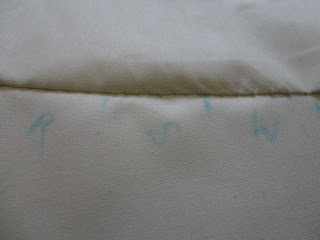The Writer's Guide to Costume: "Flapper"
Originally, this post was going to address 1920s fashion as well, but I think that will wait until later. There is enough to discuss in just the meaning of the term! My issue is with the tendency of people to ascribe the term "flapper" mainly to the 1920s (perhaps mentioning that it was used before then, but ignoring how frequently it was used before then) and of the simplistic description often given of the rise of the type; later I'll address the realities of 1910s and 1920s dress as compared to the image of the flapper. In the 1920s, a new woman was born. - About.com "Flappers" in the 1920s was a term applied to a "new breed" of young Western women who wore short skirts, bobbed their hair, listened to jazz, and flaunted their disdain for what was then considered acceptable behavior. - Wikipedia


